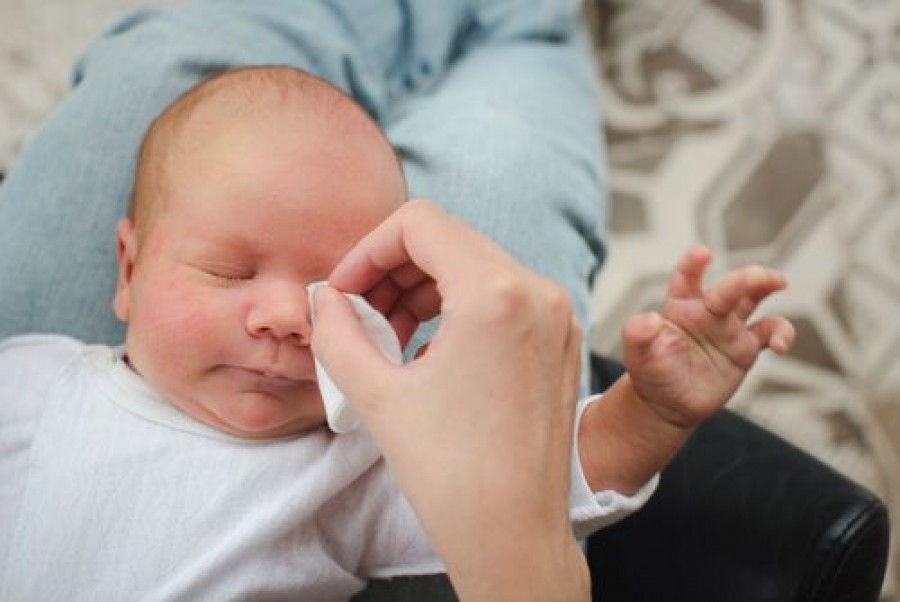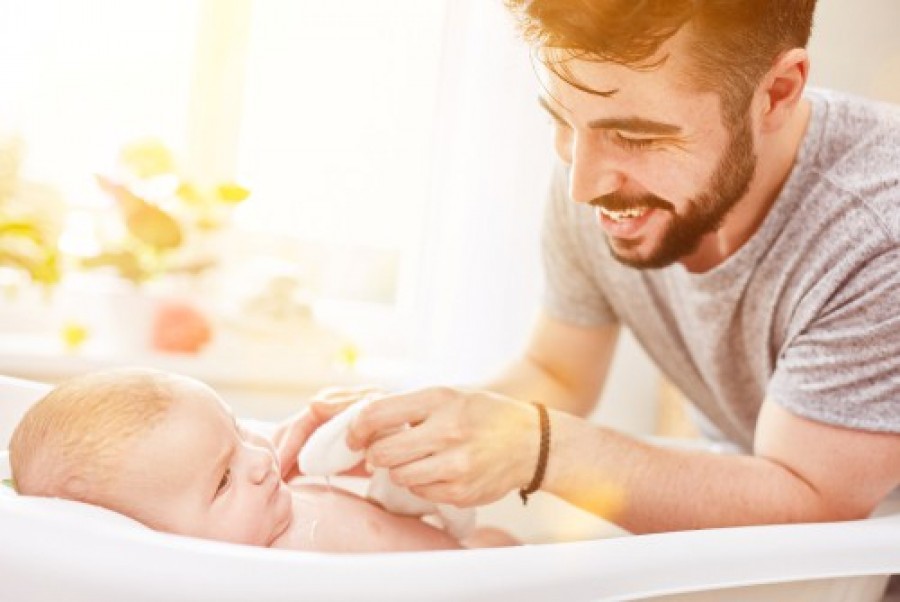Pink Eye Infection in Babies: what you need to know

The chances of your baby contracting a viral infection known as conjunctivitis, or pink eye, is relatively high as it’s quite contagious. Once infected, your child will become irritated and fussy due to the uncomfortable and painful nature of the infection. As it’s a viral infection, doctors don’t recommend medication to treat conjunctivitis; firstly, because antibiotics do not work on viral infections; and secondly, if your child is younger than two years of age, it’s best to avoid antibiotics.
Therefore, only your care can help them recover faster, so it’s important to understand the symptoms of conjunctivitis, and treat them accordingly. It can get quite painful for the baby if it’s not taken care of as early as possible. Since the infection is highly contagious, it can also spread quickly from one family member to another. Preventing this from occurring is very important.
What are the symptoms of conjunctivitis?
It can affect one or both eyes at a time. Your baby’s eyes will appear red and watery, and you will clearly notice inflammation around the white part of the eye, as well as the lining of the inside the eyelids. A pussy discharge may seep from their eye. Initially, it would appear to be white, but if the infection worsens then the pus will appear dark green, and then yellow.
As it gets worse, the baby’s eyelashes will stick together, forming a crust. Crustiness usually occurs in the morning, or whenever your baby wakes up after sleeping.Your baby may also develop a fever, ear infection or coughing in some bacterial infections. The baby experiences quite a bit of discomfort because of itchiness and pain.
How do we treat conjunctivitis in babies?
As conjunctivitis is a viral infection, it typically passes through the system in about a week. During this time, it’s imperative to treat the symptoms, in order to alleviate your baby’s discomfort. This includes keeping your baby’s eyes clean and clear through using over-the-counter saline drops, or using gentle cleaning wipes to clean away any pus or crustiness. You can also use clean damp cloth to clean your baby’s eyes. To clean, always start from the inner corners and gently move to the end of the eye, ensuring not to leave any debris or dirt on the eye or eyelashes. Eye drops can help to relieve itchiness, preventing bub from scratching at their eyes and further aggravating the infection.
You could also apply a slightly warm compress over the tear ducts to help boost blood circulation to the area, bringing the pus to the surface and allowing it to move from the eye faster. This will also help keep the eye area moist, preventing crustiness.
Once clean, try to keep your baby occupied and take their focus away from their pain and discomfort by playing with them and soothing them.
Helpful Tip(s)
Consult your medical practitioner or emergency room if:
· The infection lasts longer than a week, or the above techniques do not help your baby recover
· Your baby’s condition is getting worse – this includes yellow discharge, and a high fever of over 38 Degrees Celcius. If their eye(s) has crusted over completely, or they cannot stop rubbing it, then you should also seek medical attention


